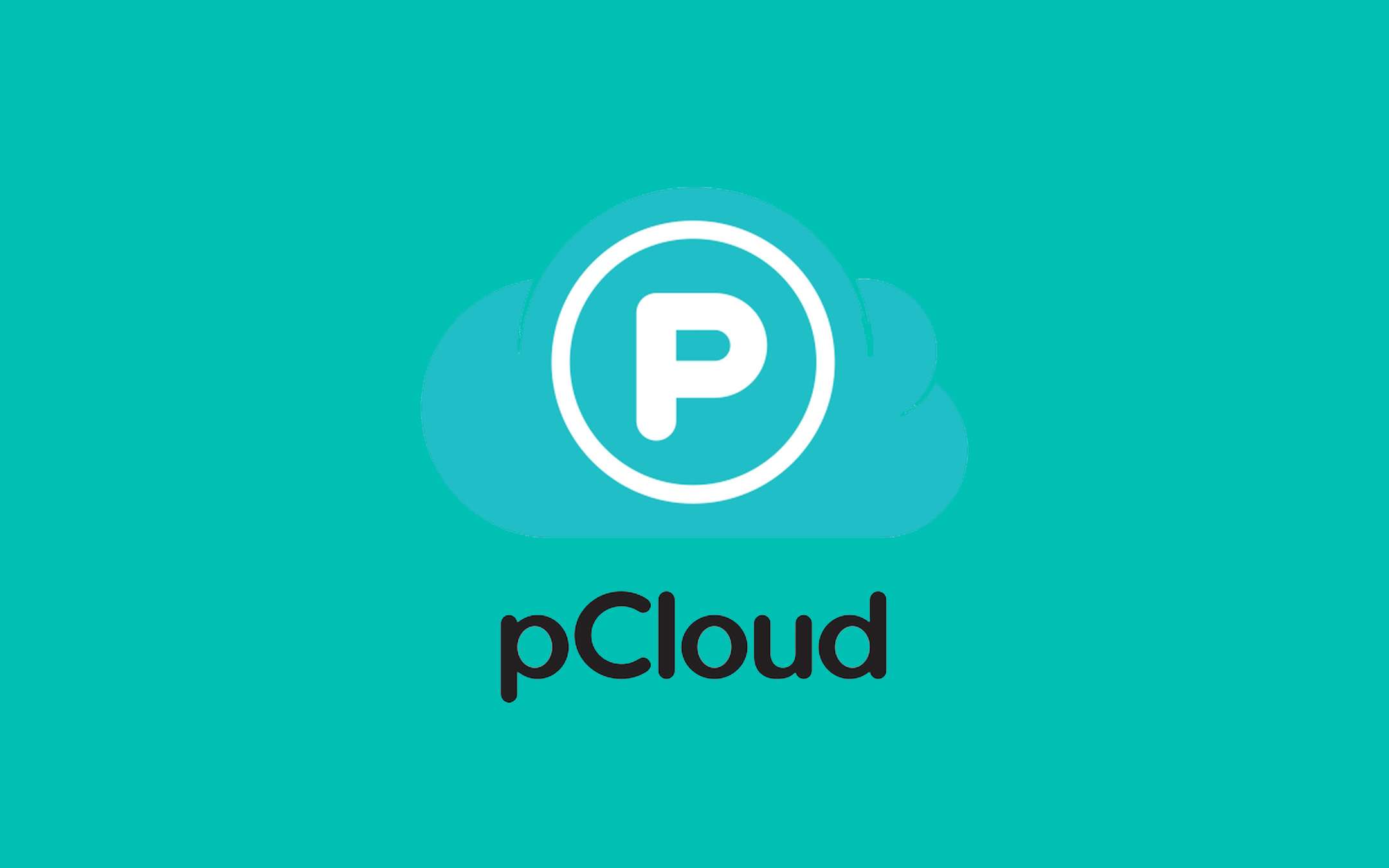Backing up your data to the cloud is a smart way to protect your important files and documents. Here are some steps you can follow to easily back up your data to the cloud and ensure that it is safe and secure. How do I back up data to the cloud?
Here are the steps you can follow to back up your data to the cloud:
Choose a cloud storage provider: There are many cloud storage providers to choose from, such as Google Drive, Dropbox, and Microsoft OneDrive. Select the provider that suits your needs and budget. Install the provider’s software: Most cloud storage providers offer software for syncing and backing up your data.
Select the files to back up: Choose the files and folders you want to back up to the cloud. Start the backup: Once you’ve selected the files, start the backup process. This will sync your data with the cloud storage provider. Check and monitor the backup: Ensure that your backup is running smoothly and monitor it periodically to ensure that your data is being backed up correctly. Backing up your data to the cloud is a smart way to protect your important files and documents from data loss or device failure.
What is the best data backup method?
The best data backup method for you will depend on your specific needs, but generally, a combination of backup methods is recommended. This can include regularly scheduled full backups, with more frequent incremental backups to capture changes made between full backups. It’s also important to store backups off-site, such as in the cloud, to protect against physical damage or loss of your primary storage device. For this purpose, cloud storage providers such as discount on pCloud offer secure, encrypted backup options with the added bonus of remote access to your data. If you’re looking for a reliable cloud backup provider, pCloud is offering a discount for new users, making it an affordable option for protecting your data.
What are the 6 types of backups?
There are several different types of backups, and choosing the right type can depend on factors such as the importance of the data, how frequently it changes, and how quickly it needs to be restored. Here are six common types of backups:
- Full backup: A complete copy of all data is made, including all files and folders.
- Incremental backup: Only data that has changed since the last backup is copied.
- Differential backup: Similar to incremental backup, but only the data that has changed since the last full backup is copied.
- Synthetic full backup: A full backup created from a combination of a full backup and incremental backups.
- Mirror backup: An exact copy of the selected data is made, without compression or encryption.
- Continuous data protection backup: Data is backed up as soon as it is created or modified, allowing for near real-time recovery. Choosing the right type of backup strategy for your needs can help ensure that your data is protected and can be quickly restored in the event of data loss or device failure.
How does cloud backup work?
Cloud backup works by transferring data from a local device to a remote cloud-based storage location. This is typically done using specialized backup software that creates an initial full backup of all selected files and data, with subsequent backups being incremental or differential, depending on the settings. The data is transmitted securely to the cloud provider’s storage servers, where it is encrypted and stored. The data can be accessed and restored at any time using the backup software, which retrieves the necessary files and data from the cloud storage location. This makes cloud backup a reliable and efficient way to protect your data and ensure that it is always available when you need it.
What are the 5 types of cloud storage?
There are five main types of cloud storage available today. Personal cloud storage: This is a consumer-oriented service that allows individuals to store personal data and files, such as photos, videos, and documents, in the cloud.
Public cloud storage: This is a service offered by cloud providers that is accessible to the public, allowing users to store data in the cloud and access it from anywhere. Private cloud storage: This is a service that provides storage to a specific organization or business and is not accessible to the public.
Hybrid cloud storage: This combines elements of public and private cloud storage to provide a more customizable storage solution for businesses.
Object storage: This is a type of cloud storage that is optimized for storing large amounts of unstructured data, such as video or audio files, and is typically used by businesses or large organizations.
Conclusion
Backing up your data to the cloud is a reliable and convenient way to protect your valuable information. By selecting a reputable cloud storage provider and implementing a regular backup schedule, you can ensure that your data is safe and easily accessible whenever you need it. Read more: autism speaks st louis
